All organisms, from bacteria to people, biosynthesize or require substances made from isoprenoids. The version below on the left, with double bonds, is the original biosynthesized subunit, and is called isoprene. Through degradation and diagenesis, the double bonds are lost, and we get the saturated version of the isoprene that we find in rocks, called isoprane or a saturated terpenoid. Compounds composed of isoprene subunits may be called isoprenoids or terpenoids, and come in a variety of sizes and structures, both cyclic and acyclic. Biosynthesis of terpenoids occurs by polymerization (process that combines several smaller molecules to form a larger one) of several C5 isoprene subunits. Terpenoids are so useful as biomarkers because they are not readily broken down, or depolymerized, because, unlike proteins or polysaccharides, they are joined together by C-C covalent bonds.

Classification of isoprenoid lipids
There are many ways to classify isoprenoids:
- by the number of C5 subunits
- whether they are saturated (name ends in ‘ane’) or unsaturated (name ends in ‘ene’)
- whether or not they contain rings (polycyclic or acyclic)
This is the way we think about their classification:
- Acyclics and cyclics (that may sound strange, but by ‘cyclics’, we mean long-chained structure with perhaps one 5- or 6- membered carbon ring)
- Examples: pristane, phytane, PMI
- Polycyclic terpenoids (by nomenclature, terpenoids are groups of C10)
- Monoterpenoids, C10
- Diterpenoids, C20
- Triterpenoids, C30 (all synthesized from the same precursor, squalene)
- Tetraterpenoids, C40, which include carotenoids


